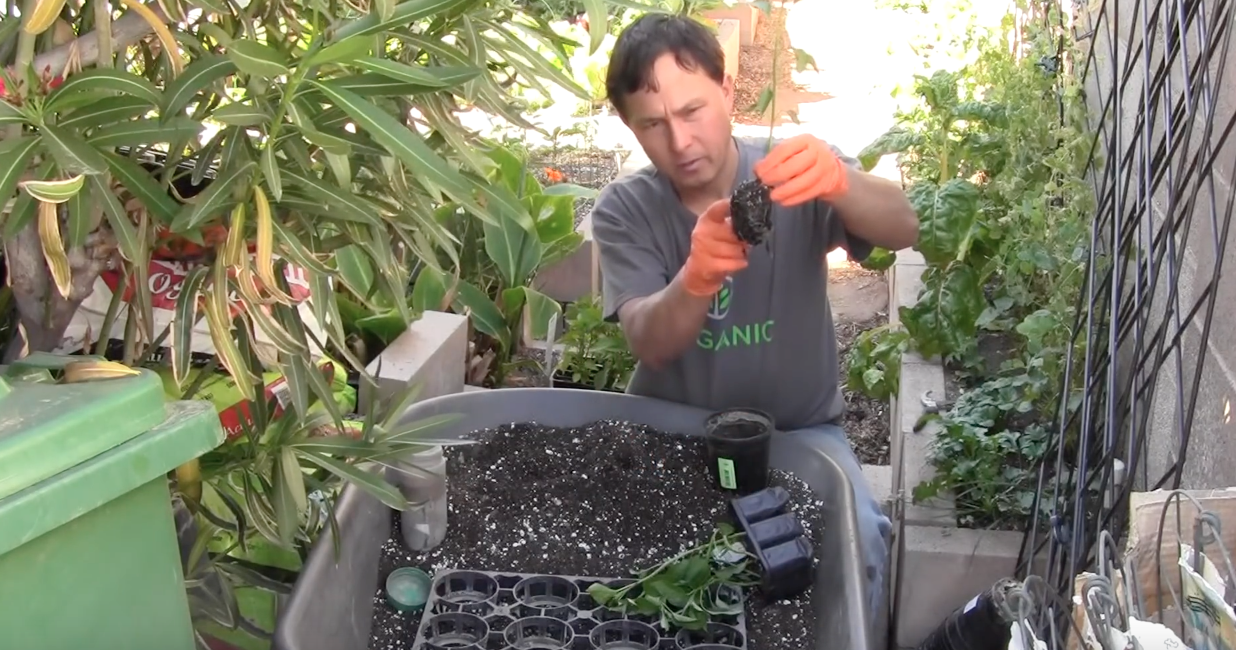How to test seed viability before planting in the garden
05/04/2016 / By usafeaturesmedia

(Homesteading.news) Finally, spring is here! Warmer weather and lots of sunshine has many of us already thinking about this year’s garden, including what we are going to plant and when. Unless you’re a bona fide expert, most of us experience a few setbacks when planting each spring, some of which are due to human error, while others are environmental and out of our control.
One major setback some might experience when planting flowers, herbs and crops can be as a result of using bad seeds, or seeds that are no longer viable and therefore won’t sprout, a frustrating mistake made by many.
However, thanks to a few easy tips provided by ThePrarieHomestead.com, here you will learn how to avoid this mistake.
When seeds don’t sprout, there could be a number of reasons why, including that they were eaten by animals, they didn’t receive enough water, the soil wasn’t nutrient-rich enough, or perhaps the seeds simply weren’t viable.
Don’t let bad seeds spoil your expectations for your garden
When cultivating your garden, it’s easy to set expectations. Most of us plan in advance how we will use our newly planted crops or herbs, so it can be very disappointing when they don’t sprout.
Today, we’re going to learn how to eliminate one common cause for no-show seeds. While seeds are generally resilient, withstanding ample amounts of time in storage, they can also go bad if not stored properly.
Luckily, if you follow these easy instructions, you can avoid planting seeds that aren’t viable, saving yourself a lot of time and heartache.
100% organic essential oil sets now available for your home and personal care, including Rosemary, Oregano, Eucalyptus, Tea Tree, Clary Sage and more, all 100% organic and laboratory tested for safety. A multitude of uses, from stress reduction to topical first aid. See the complete listing here, and help support this news site.
To test seeds for viability, you will need the following items:
- Old seeds in need of testing
- 1-2 paper towels
- Resealable plastic bag
- Sharpie marker for labeling
Place tester seeds on a damp paper towel, labeling them if needed
With your tester seeds nearby, first you will need to dampen a paper towel. It doesn’t need to be soaking wet, just nice and soggy. Arrange the seeds on the paper towel, The Prairie Homestead recommends using 10 seeds of each type for logistical purposes, as it makes it easier to figure your percentages later.
If you’re testing different types of seeds that look similar, make sure to label each paper towel according to each seed type, so they don’t get mixed up; otherwise, your efforts will be in vain.
After you’ve placed your tester seeds on a damp paper towel, place a second paper towel over the top to ensure that the seeds are completely surrounded by dampness. Then place the damp paper towel containing seeds inside a plastic bag. Seal the bag and set aside in a warm place.
As explained by The Prairie Homestead, depending on the types of seeds you’re testing, it can take anywhere from two days to two weeks for the seeds to germinate. Peas and beans have a tendency to sprout faster than, say, carrots or parsnips.
If your seeds appear to be germinating too slowly, you may need to moisten the paper towel again, as dryness will halt the germination process.
After your seeds begin to sprout, wait a day or two before noting how many sprouted versus how many didn’t. The example below provides you with a germination rate.
Out of 10 tested seeds:
- 1 seed sprouts = 10 percent germination rate
- 5 seeds sprout = 50 percent germination rate
- 10 seeds sprout = 100 percent germination rate
Any germination rate over 50 percent is decent, while anything lower than that may require planting extra seeds to ensure that you get an ample harvest.
Remember, you only need to test seeds that are older and have been stored for longer. You generally don’t have to worry about newly purchased seed packets. Feel free to plant germinated seeds, or feed them to your chickens if you have them! One easy way to keep your germinated seeds growing into highly nutritious superfood is by using the Food Rising Mini-Farm Grow Box system. Learn more here.
Additional sources:
http://www.theprairiehomestead.com
http://www.motherearthnews.com
More:
- 10 veggies you can grow from scraps
- Grow bigger, better, crunchier lettuce
- Here’s why carrots ought to be in your veggie garden
Homesteading.news is part of the USA Features Media network.




















